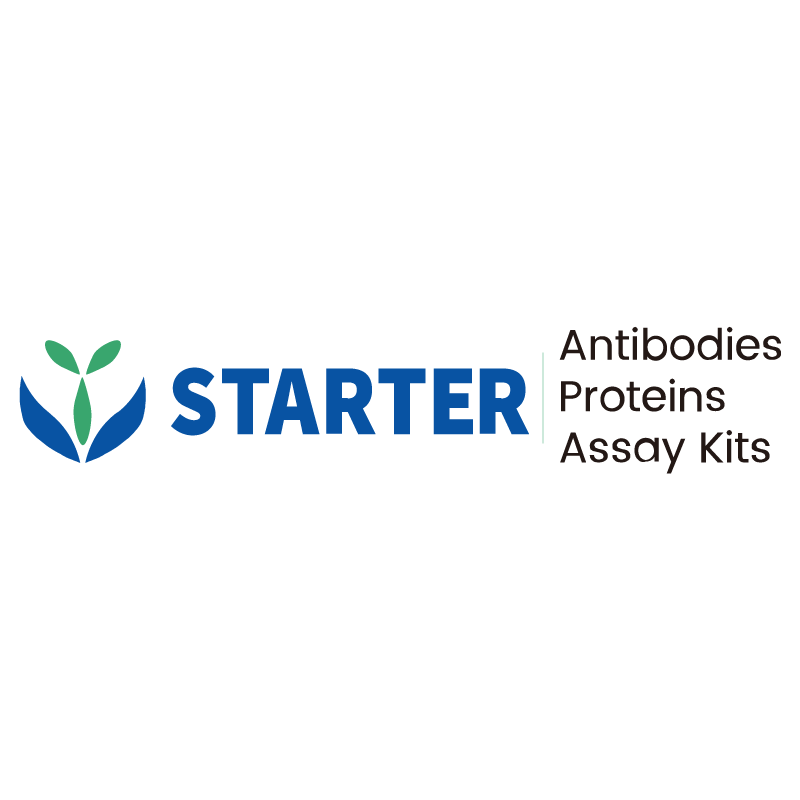Flow cytometric analysis of C57BL/6 mouse splenocytes labelling Mouse CD150 antibody at 1/2000 (0.1 μg) dilution/ (Right panel) compared with a Rat IgG2a, κ Isotype Control / (Left panel). Goat Anti-Rat IgG Alexa Fluor® 488 was used as the secondary antibody. Then cells were stained with CD19 - Alexa Fluor® 647 antibody separately.
Product Details
Product Details
Product Specification
| Host | Rat |
| Antigen | CD150 |
| Synonyms | Signaling lymphocytic activation molecule; SLAM family member 1; Slam; Slamf1 |
| Location | Cell membrane |
| Accession | Q9QUM4 |
| Clone Number | S-R738 |
| Antibody Type | Rat mAb |
| Isotype | IgG2a,k |
| Application | FCM |
| Reactivity | Ms |
| Positive Sample | C57BL/6 mouse splenocytes |
| Purification | Protein G |
| Concentration | 2 mg/ml |
| Conjugation | Unconjugated |
| Physical Appearance | Liquid |
| Storage Buffer | PBS pH7.4 |
| Stability & Storage | 12 months from date of receipt / reconstitution, 2 to 8 °C as supplied. |
Dilution
| application | dilution | species |
| FCM | 1:2000 | Ms |
Background
CD150, also known as SLAM (Signaling Lymphocytic Activation Molecule), is a type I transmembrane glycoprotein belonging to the immunoglobulin superfamily and encoded by the SLAMF1 gene. It is primarily expressed on various hematopoietic cells, including T cells, B cells, natural killer cells, dendritic cells, monocytes, and macrophages. CD150 serves multiple functions: it acts as a co-stimulatory molecule in immune cell activation, a receptor for morbilliviruses such as measles virus, and a bacterial sensor on macrophages. The protein has several isoforms, including a transmembrane form (mCD150), a secreted form (sCD150), and a novel transmembrane form (nCD150) with an alternative cytoplasmic tail. CD150 mediates homophilic interactions and can transmit either activating or inhibitory signals depending on the cell type and context.
Picture
Picture
FC


